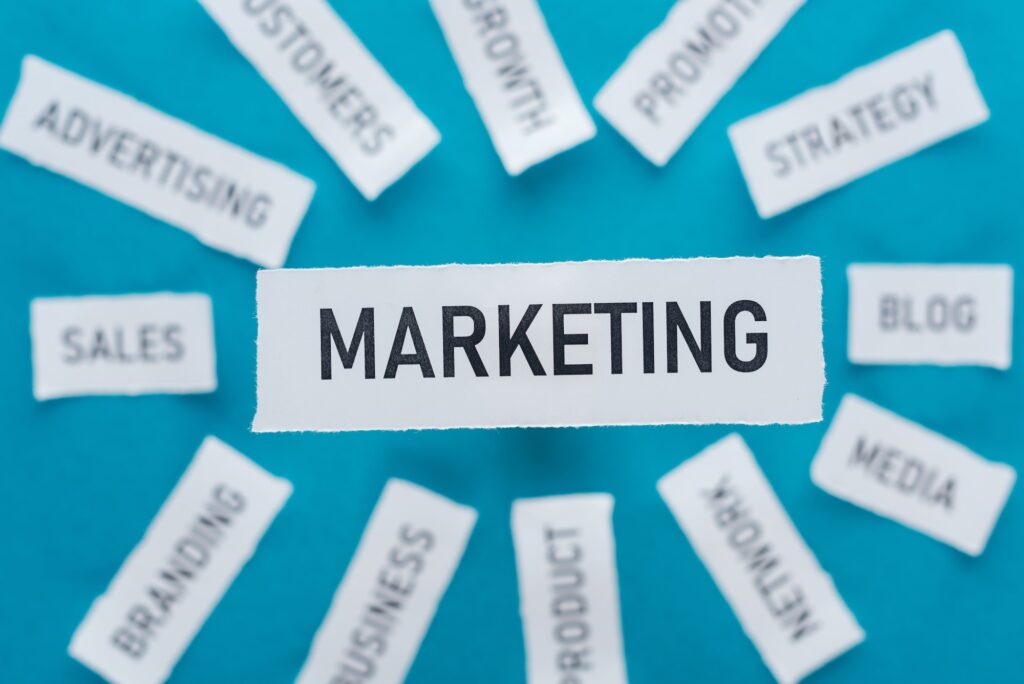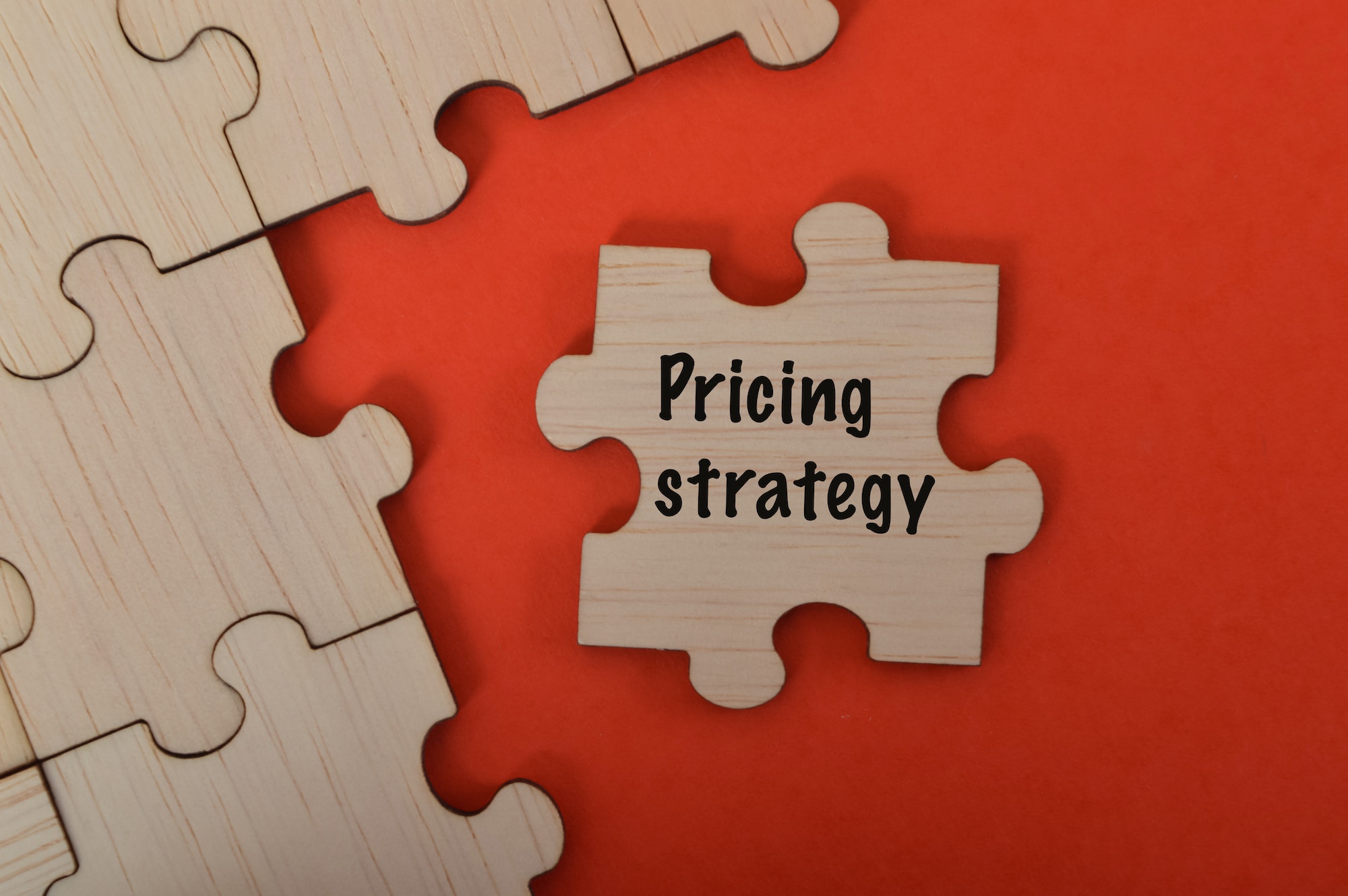The Power of Saas Product Marketing
In the competitive world of SaaS, product marketing plays a pivotal role. With the right strategies, it has the potential to catapult your SaaS business to new heights.
The Role of Product Marketing
Product marketing in SaaS businesses acts as the bridge between your product development and sales teams. It focuses on understanding your market and customers, developing compelling messaging, and creating effective go-to-market strategies. The primary tasks of product marketing include:- Communicating the value of your product to your target audience.
- Positioning your SaaS product effectively against competitors.
- Crafting compelling product messaging that resonates with your audience.
- Developing and implementing a successful go-to-market strategy.
Importance of Product Marketing in SaaS
In the SaaS realm, product marketing is more than just a nice-to-have. It’s an essential ingredient for success. Here’s why: Customer Retention: In a subscription-based business model, keeping your existing customers is just as important as acquiring new ones. Product marketing helps you maintain a strong relationship with your customers, ensuring they understand the value of your product and continue to use it. Sales Enablement: Your sales team needs to understand your product to sell it effectively. Product marketing provides your sales team the necessary training and collateral, empowering them to close deals. Product Adoption: Launching a new feature or product is only half the battle. The real challenge lies in getting customers to use it. Product marketing helps drive product adoption by highlighting the benefits and use cases of your new features or products. Revenue Growth: By effectively positioning your product, targeting the right audience, and crafting compelling messaging, product marketing can significantly boost your revenue growth. Understanding the power of saas product marketing is the first step towards leveraging its full potential. As a SaaS business owner, investing time and resources in product marketing can give you a significant competitive advantage and set you on the path to success.Understanding Your Market
Before successfully selling your software-as-a-service (SaaS) product, you must first understand your market. This involves identifying your target audience and understanding your competitors, two critical components of any successful SaaS product marketing strategy.Identifying Your Target Audience
The first step in your SaaS marketing journey involves identifying your target audience. This group of people will benefit the most from your product and are most likely to convert into paying customers. To identify your target audience, consider the following factors:- Demographics: This includes age, gender, location, and occupation.
- Behavior: This involves understanding how your target audience behaves online and what their buying habits are.
- Needs and Interests: Identify the problems your target audience faces and how your SaaS product can solve them.
Understanding Your Competitors
In addition to understanding your target audience, you also need to have a clear understanding of your competitors. This involves identifying who your competitors are, what products they offer, and how they market these products. Here are some steps to help you understand your competitors:- Identify: Make a list of your direct and indirect competitors.
- Analyze: Look at their product features, pricing, and marketing strategies.
- Compare: Identify their strengths and weaknesses compared to your SaaS product.
What Strategies Can Be Used to Unleash the Power of SaaS Product Marketing?
When it comes to unleashing the power of SaaS product marketing, having the ultimate SaaS marketing plan is essential. Strategies such as creating compelling content, leveraging social media platforms, utilizing email marketing, and implementing customer referrals can all contribute to a successful SaaS product marketing campaign.
Developing Your Product Marketing Strategy
Crafting an effective SaaS product marketing strategy is crucial for your business’s success. Here, we will discuss three key elements: creating convincing messaging, positioning your SaaS product, and devising a suitable pricing plan.Creating Effective Messaging
Your messaging must resonate with your target audience and clearly communicate the value of your product. It should highlight your product’s unique benefits and how it solves your customers’ problems. To create compelling messages:- Identify and understand your customer’s pain points.
- Communicate the unique selling proposition (USP) of your SaaS product.
- Use language that resonates with your target audience.
- Consistently articulate your message across all marketing channels.
Positioning Your SaaS Product
Product positioning involves defining your product’s unique place in the market relative to your competitors. It’s how you want your customers to perceive your product. Consider these steps when positioning your product:- Identify your direct and indirect competitors.
- Understand your product’s unique strengths and weaknesses.
- Clearly define your product’s target market.
- Develop a positioning statement that communicates the unique benefits your product offers.
Pricing Your SaaS Product
Pricing your SaaS product involves more than just understanding the cost of your service. It’s about understanding your customers, your value proposition, and your market position. Here’s how to approach it:- Understand your customers’ willingness to pay.
- Evaluate your costs and desired profit margins.
- Consider different pricing models and structures.
- Test and adjust your pricing based on customer feedback and market response.
Implementing Your Product Marketing Strategy
Once you’ve developed your SaaS product marketing strategy, the next step is to put it into action. This part of the process is critical as it involves building awareness of your SaaS product, nurturing potential customers, and retaining existing ones.Building Awareness Through Marketing Channels
The first step in your implementation process should be to raise awareness about your SaaS product. Utilize various marketing channels to reach your target audience and communicate your product’s value proposition. This could involve leveraging social media platforms, SEO, content marketing, email marketing, paid advertising, and more. Remember, each marketing channel has its nuances, and what works for one may not work for another. Therefore, you should tailor your message and approach to fit each channel. For more on this, check out our article on saas marketing strategies.Nurturing Leads and Converting Prospects
Once you’ve captured the attention of your target audience, it’s time to nurture these leads and convert them into paying customers. This involves communicating with your prospects, answering their questions, addressing their concerns, and demonstrating how your SaaS product can solve their problem. Email marketing can be a powerful tool for lead nurturing. By sending personalized emails, you can build relationships with your prospects and guide them through the sales funnel. For more on this, consider our guide on saas email marketing.Retaining and Upselling Existing Customers
In the SaaS world, retaining existing customers and encouraging them to upgrade to higher-priced plans is just as important as acquiring new ones. It’s often more cost-effective to upsell to an existing customer than to acquire a new one. To retain and upsell your customers, focus on providing exceptional customer service and continually adding value to your SaaS product. Also, consider implementing a customer loyalty program or offering exclusive discounts to existing customers. Moreover, keep an eye on your customer churn rate and take steps to reduce it. If you notice that a significant number of customers are leaving, it may be a sign that you need to improve your product or service. For more on this, see our guide on saas marketing metrics. Remember, implementing your SaaS product marketing strategy is a continuous process. You should always be testing, measuring, and refining your tactics to optimize results. By doing so, you can ensure that your SaaS product continues to grow and succeed in the competitive SaaS landscape.Measuring Your Product Marketing Success
The final step in your SaaS product marketing journey involves measuring the success of your efforts. This is critical to understand your return on investment, identify areas of improvement, and make data-driven decisions.Key Performance Indicators (KPIs)
Key Performance Indicators (KPIs) are quantifiable measures used to track the effectiveness of your marketing strategy over time. They help you understand how well your marketing efforts are meeting your business objectives. Some of the most important KPIs for SaaS product marketing include customer acquisition cost (CAC), customer lifetime value (CLTV), churn rate, conversion rate, and monthly recurring revenue (MRR).| KPI | Description |
|---|---|
| CAC | The average cost to acquire a new customer. |
| CLTV | The total revenue a customer is expected to generate during their lifetime. |
| Churn Rate | The percentage of customers who cancel their subscription within a given time period. |
| Conversion Rate | The percentage of leads that convert into paying customers. |
| MRR | The predictable income your company earns each month. |


